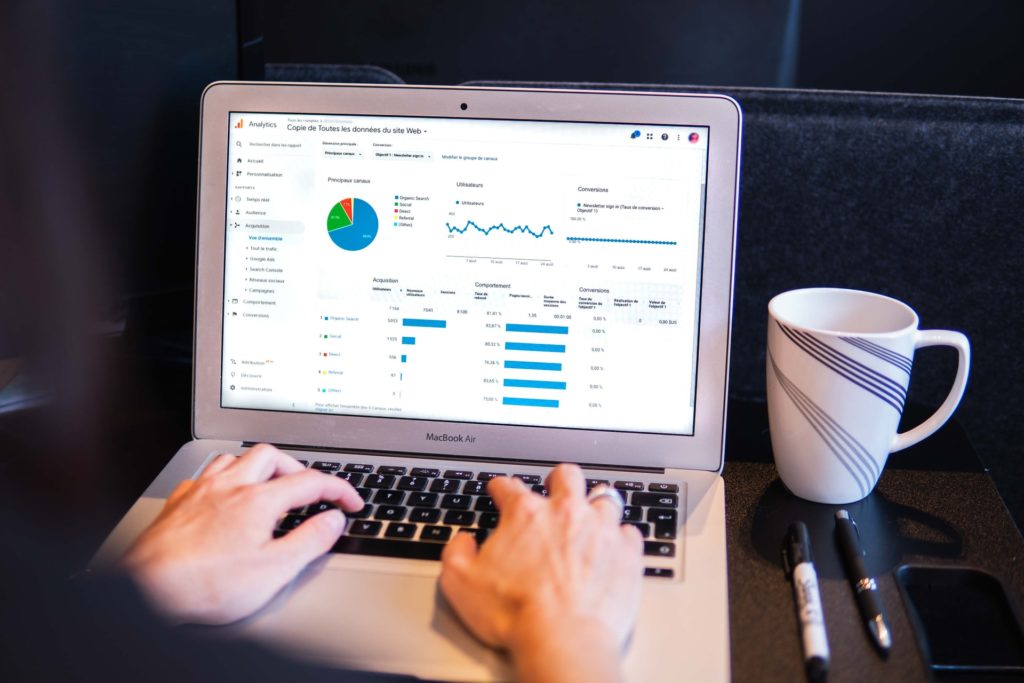Data governance refers to all the processes involved with collecting, managing, and utilizing data in an organization. While the term is frequently used interchangeably with data management, this isn’t quite accurate. Data management refers to the technical solutions employed to manage an organization’s data. Data governance, on the other hand, is about policies. These governance policies determine things like who is allowed to use data and when they’re allowed to use it.
For any modern enterprise, your data is one of your most valuable resources, at least on paper. You can only trust your data assets, however, if you can ensure that they’re clean, accurate, and current. Ensuring data quality is what data governance is all about. The rise of big data means that organizations are dealing with larger volumes of data than ever, and best practices for data use continue to change. In order to form an effective data governance framework, you’ll need to determine what kinds of data to prioritize, how you’ll ensure data security, how you’ll dedicate team members to ensuring smooth workflows, and more. Here are just four questions you should ask yourself for smart data governance implementation.
1. How will you set standard policies and procedures?
A data governance framework is nothing without standardized policies for organizing metadata and other important data sets. You’ll have to determine how to organize data from different data owners, as well as determine which data sources would be appropriate to share data with each other. For example, customer data collected by a customer relationship management (CRM) system would probably be good data to share with your sales team. Together, these subject-matter experts can come up with ways to promote products and services more effectively to target demographics, and through studying both historical and current customer data sets, they may even be able to predict future customer behavior and buying trends.
Of course, data governance also means sticking to strict data security methods and ensuring that only the right people have access to certain types of data. For example, a healthcare organization would need to take great care when ensuring that patient information is protected according to HIPAA regulations.
2. Who will be in charge?
A data governance program is only as good as its data steward—the person in charge of ensuring data quality and fitness for company use. Data stewards essentially control company data assets and oversee their administration. This includes that all data is used in line with standard procedures and that data access is limited to the correct individuals. They’re ultimately responsible for recording the organization’s data as well.
Of course, you’ll require an entire data governance team to support stewards and enforce data standards. Big data tends to leave companies vulnerable to more security risks than before, so it’s likely that a good portion of your IT assets will go toward protecting your data.
3. What technology will you leverage?
Collecting and analyzing big data is no easy task, and you’ll have to decide what tools you want to assist you with the process. It’s a good idea to leverage data virtualization in order to integrate databases in a single source of truth, so it’s always easy to pull accurate and current information from master data. You’ll also need to determine what kinds of cognitive automation to utilize, from artificial intelligence to event stream processing.
4. How will you enforce accountability?
For truly successful implementation, you’ll need to go beyond your data governance office. Every team member in the organization has to be accountable for the data they have access to, and you’ll need to assign data owners to every data set. Each data owner will be responsible for ensuring the quality of data for their set never drops. One of the biggest things you need to remember about data governance is that it’s an ongoing process, and the entire organization needs to be dedicated.

